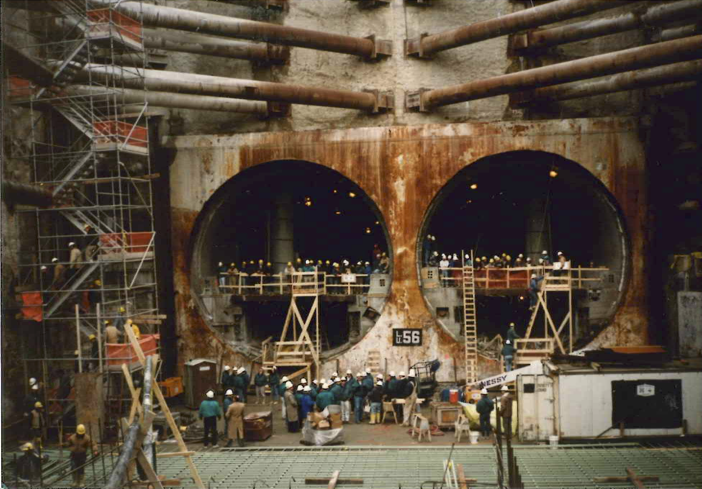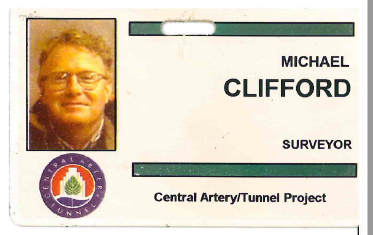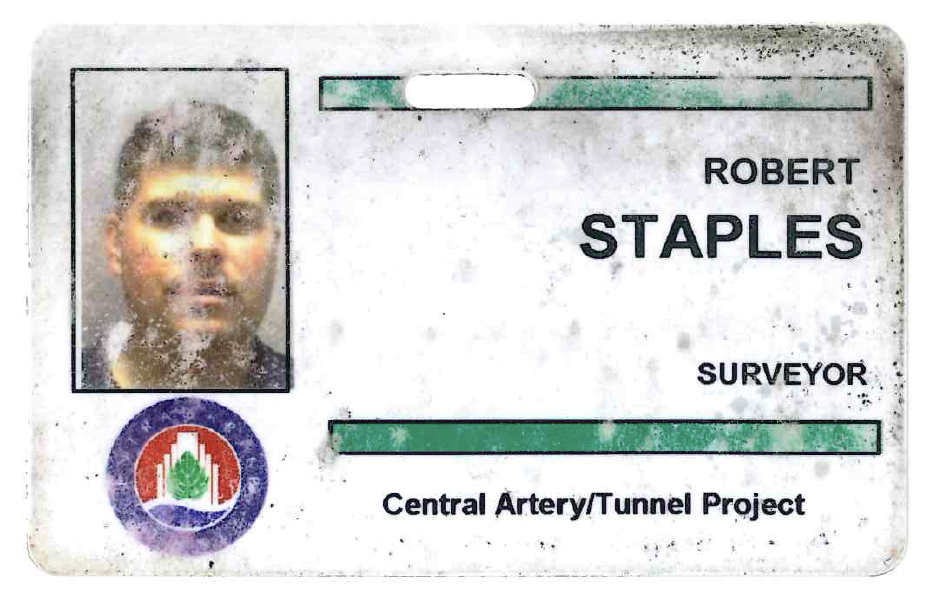Boston’s Big Dig: The Beginning of a Legacy—DGT Associates
Boston’s Big Dig: The Beginning of a Legacy—DGT Associates
Boston’s Central Artery/Tunnel Project, also known as the “The Big Dig,” stands as one of the most complex, costly, and controversial transportation projects in the United States.
Yet, to DGT The Big Dig holds a different kind of significance—a time in which lasting relationships were created between Michael Clifford, DGT’s Co-founder and Principal, Bob Staples, DGT’s Co-founder and Principal, and Michael Twohig, DGT’s Director of Subsurface Utility Mapping, and our roots were planted for the development of New England’s premier surveying and engineering firm.
A Walk Down Memory Lane
With 25 years under our belt, it’s often hard to remember a time before DGT. Yet, there was a time in which Mike, Bob, and Mike were merely co-workers laboring alongside each other on The Big Dig.
Prior to starting DGT, Mike, Bob, and Mike were all employed by the Central Artery/Tunnel Project Survey Group. This group was a joint venture of two survey firms, one of the firms being Cullinan Engineering (which many years later was acquired by DGT) contracted by the then Massachusetts Highway Department (MassHighway) program manager Bechtel/Parsons Brinckerhoff. Under their management, countless Big Dig construction projects took place, including bridge and viaduct development, immersed tube tunnel installation, excavation, and even geotechnical technologies were tried out.
Mike Clifford served as a task supervisor and was primarily involved with construction verification. He was responsible for reading, studying, and performing calculations for new roadway and bridge plans. From there he would serve as an extra pair of eyes for some of the world’s most talented field engineers. Mike recalls, “I was paid to look over their shoulders and while sometimes unpopular, it was also necessary when work was being performed at this scale.” Bob Staples worked as a technician and CAD manager specifically involved with the widening of I-93 to make room for the much-needed HOV lane. Mike Twohig’s primary role on The Big Dig was focusing on underground utility mapping. While Mike, Mike, and Bob all filled very different roles, they worked together in the same office toward the same end goal—successfully pulling off one of the most talked-about infrastructure projects.
One-of-a-kind Project Leads to a One-of-a-kind Company
As The Big Dig marched slowly towards the finish line, Mike Clifford experienced one of those moments that shifts your life in a different direction. At this stage of the project, young Mike Clifford had been working on The Big Dig for five years and remembers walking into the office and looking at the schedule only to realize that by the time The Big Dig would be completed, he’d be 50 years old. This epiphany led to him, Bob, and a third partner talking about opening their own business. Ironically, these conversations often took place during lunch visits to Sullivan’s at Castle Island in South Boston, the very neighborhood that would become the home of DGT’s headquarters. With their gathered inspiration, drive, and tremendous knowledge, they moved into the private sector. And DGT was born.
Soon after, the new-found DGT put out a bid for work on The Big Dig, won, and headed back to the place where it all started. Winning the bid catapulted DGT from a staff of 10 squished in a small office to a company of about 40 employees with an office in the heart of Boston’s new Seaport District. The Big Dig put DGT on the map as far as being a local area survey company and provided the foundation to hire good people, create the infrastructure for a surveying business, and expand their work beyond The Big Dig.
Long-lasting Relationships and Lessons Learned
When reflecting on the success of DGT as it relates to The Big Dig, there are clear themes woven into our DNA—the relationships we built and the lessons we learned. The Big Dig was such a large and labor-intensive project that there were a lot of relationships fostered between engineers, surveyors, project managers, construction workers, and even from firm to firm that you don’t often see. For DGT, many of the relationships formed still stand strong and continue to generate work.
In addition to the comradery came certain lessons that shaped DGT’s beliefs and business strategy. In our surveying work, DGT puts a strong emphasis on utility mapping. During The Big Dig and especially after the project, we knew that subsurface utility engineering was emerging and that someone needed to define a standard of care for underground mapping done by surveyors—the best professionals to handle the work. With boots on the ground, we saw how the lack of utility mapping led to cost increases, time delays, and poorly impacted the people living in Boston. We became set on creating the opposite outcomes for our clients.
Whether our clients hire us for a mega project or a smaller task, we strive to provide education around the importance of utility mapping and live by the due diligence and discovery needed, block by block and building by building, to help mitigate risk. Not only are we able to create a safer work environment, but we’re also able to create an accurate digital utility atlas for our clients that’s readable and actionable and will carry on beyond DGT’s legacy.
While it’s hard to believe it’s been 14 years since the completion of The Big Dig, it’s remarkable to think that one project in one city led to the formation of DGT—a company with 14 legacy companies, 144 years of historical archives, 1,360 clients served, and 6,134 projects completed.
Learn more about DGT’s 25th anniversary or hear our leader reflect on the The Big Dig.



